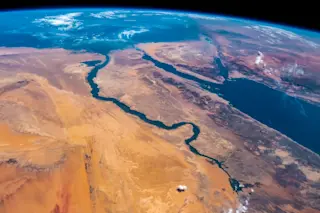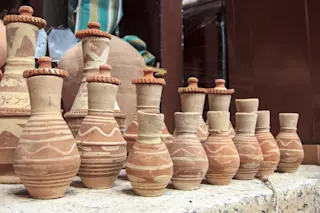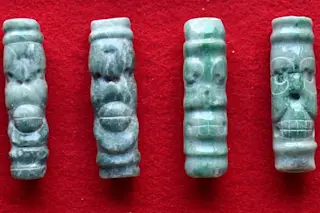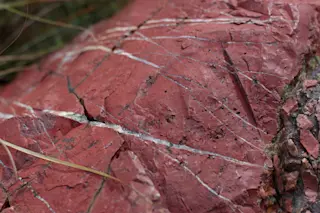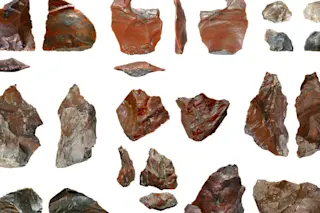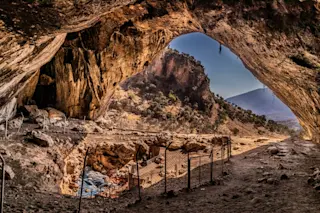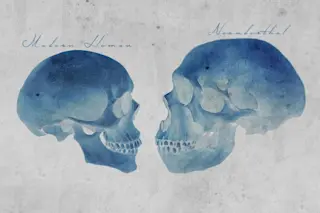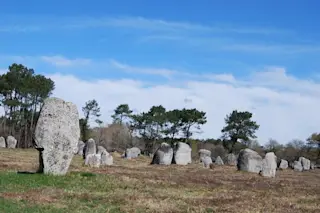One unsuspecting February morning in 1976, a 7.5 scale earthquake shook the Central American country of Guatemala. Originating from the Motagua Fault, the meeting point of the North American and Caribbean tectonic plates, the earthquake killed around 23,000 people and injured many more. The damage to buildings was also devastating, with tens of thousands of brightly painted adobe houses reduced to rubble in a matter of seconds.
Ironically, one of the few places in Guatemala that wasn’t leveled by the earthquake was the ancient Maya city of Tikal. Although the shock had uprooted plenty of trees, the city’s limestone buildings — including its iconic pyramids — didn’t show as much as a scratch. To locals, this was as relieving as it was puzzling.
How did the Maya, who lived hundreds of years ago and had limited access to technology, create architecture that was as strong and durable as anything modern ...

